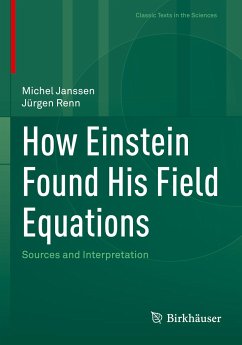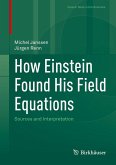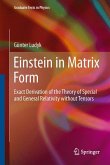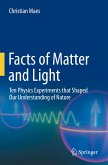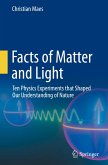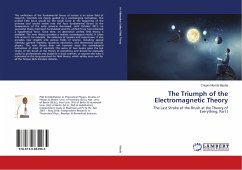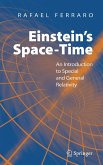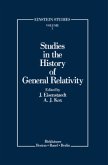Einstein's field equations of gravitation are a core element of his general theory of relativity. In four short communications to the Prussian Academy of Sciences in Berlin in November 1015, we can follow the final steps toward these equations and the resulting theory's spectacular success in accounting for the anomalous motion of Mercury's perihelion. This source book provides an expert guide to these four groundbreaking papers. Following an introductory essay placing these papers in the context of the development of Einstein's theory, it presents and analyzes, in addition to the four papers of November 1915, a careful selection of (critical excerpts from) papers, letters, and manuscripts documenting the path that early on led Einstein to the field equations of the first November 1915 paper, but then took a turn away from them only to lead back to them in the end. Drawing on extensive research at the Einstein Papers Project and the Max Planck Institute for History of Science, this volume traces the intricate interplay between considerations of physics and considerations of mathematics that guided Einstein along this path. It thus presents a concise yet authoritative account of how Einstein found his field equations, affording readers who are prepared to immerse themselves in these intricacies a unique glimpse of Einstein at work at the height of his creative prowess. Highlights of this journey in Einstein's footsteps include the crucial pages (with detailed annotation) from the Zurich Notebook, the record of Einstein's early search for field equation with his mathematician friend Marcel Grossmann, and the Einstein-Besso manuscript, documenting Einstein's attempts with his friend and confidant Michele Besso to explain the Mercury anomaly on the basis of the equations that he and Grossmann had eventually settled on in the Zurich Notebook.
"This wonderful book is not a book to read! It is a book to be used. It is a tool that could help a great number of people to understand general relativity more deeply and to apply it. ... This book should figure in the library of anyone working on relativity, remembering that it also contains an important bibliography ... also containing important texts linked to that development." (Patricia Radelet-de Grave, Mathematical Reviews, May, 2023)

